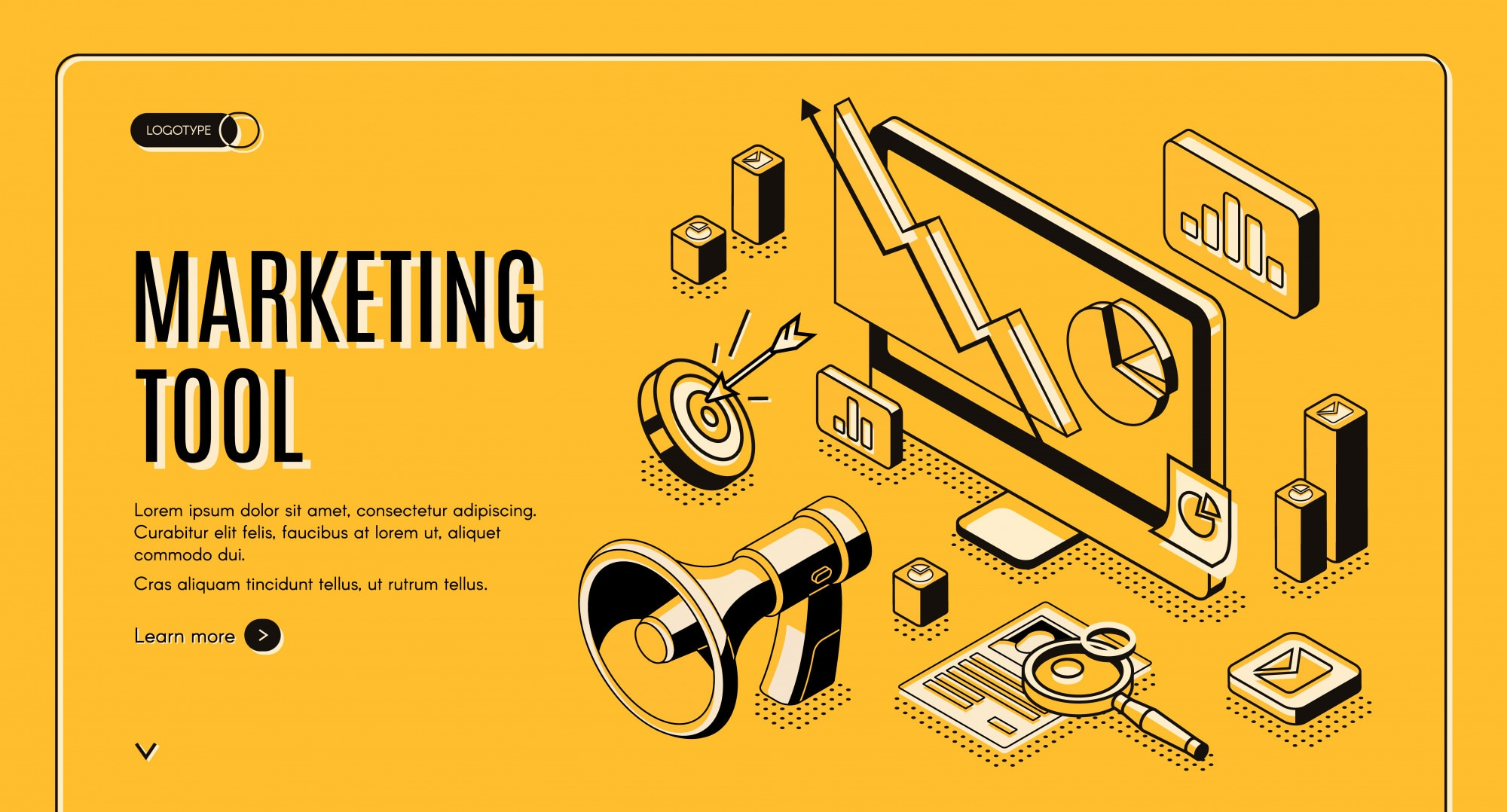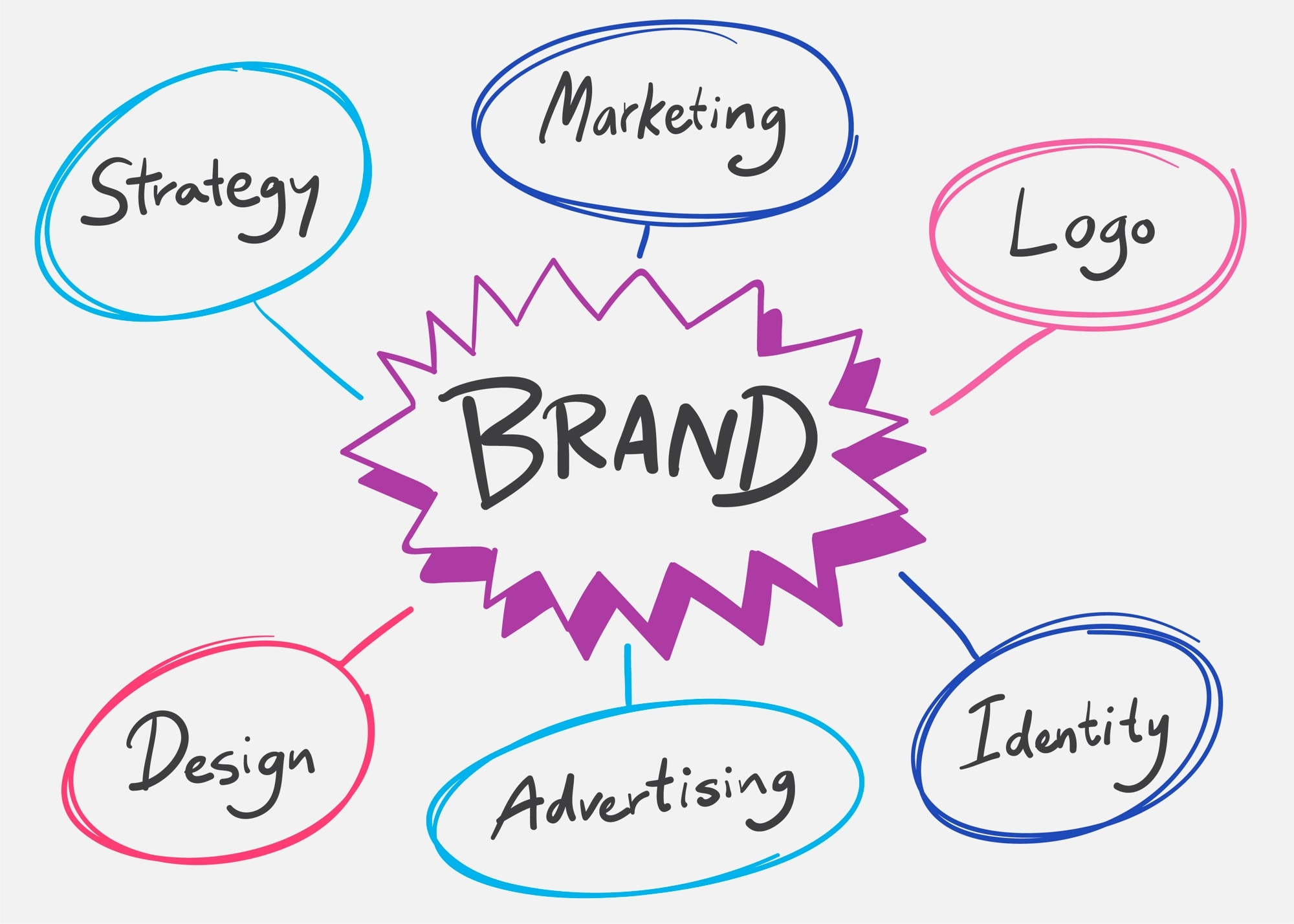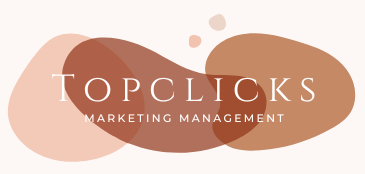Introduction
Every successful campaign begins with the right marketing strategy tools. From classic matrices to modern automation suites, these strategy tools help businesses uncover insights, segment audiences, and move prospects smoothly through the Marketing Funnel vs Sales Funnel. Whether you manage the functions of marketing management for a global brand or you’re exploring new marketing strategy jobs, the strategy tools you choose will define how effectively you compete.
1. SWOT Analysis: The Cornerstone of All Marketing Strategy Tools
Among all marketing strategy tools, SWOT analysis—Strengths, Weaknesses, Opportunities, Threats—remains foundational. It reveals where your brand has competitive leverage and where vulnerabilities exist. By pairing SWOT with other strategy tools, teams can build campaigns that emphasize core strengths while mitigating risks.
2. PESTEL Framework: A Macro Lens for Marketing Strategy Tools
The PESTEL framework (Political, Economic, Social, Technological, Environmental, Legal) widens the view of your planning. Because external forces shift rapidly, marketers who plug PESTEL into their suite of marketing strategy tools gain the foresight needed to adapt budgets, messaging, and channels before disruptions hit.
3. Ansoff Matrix: Growth Paths Within Marketing Strategy Tools
No list of marketing strategy tools is complete without the Ansoff matrix. It organizes growth options—market penetration, product development, market development, diversification—by risk. Choosing the right quadrant helps marketers allocate resources wisely and align goals with realistic timelines.
4. BCG Matrix: Portfolio Prioritization in these Strategy Tools
The BCG matrix classifies products as Stars, Cash Cows, Question Marks, or Dogs based on market share and market growth. Using this, among other strategy tools, guides investment: nurture Stars, harvest Cash Cows, experiment with Question Marks, and divest Dogs. It’s a quick, visual way to keep product portfolios healthy.
5. Marketing Automation Tools: Digital Engines of Modern Strategy Tools
In today’s always-on climate, software-based marketing automation tools (HubSpot, Mailchimp, ActiveCampaign) form the operational backbone of marketing strategy tools. They automate email sequences, retargeting ads, and social scheduling—keeping prospects engaged across the customer journey and supplying sales with warmer leads for the conversion stage of the funnel.
Related internal link: Marketing Funnel vs Sales Funnel
6. CRM Software: Data-Rich Strategy Tools for Relationships
CRM software (Salesforce, Zoho, Pipedrive) stores contact histories, purchase patterns, and service interactions. Integrated with other strategy tools, a CRM lets teams segment lists accurately, personalize outreach, and forecast revenue—key skills for anyone applying to advanced marketing strategy jobs.
7. Segmentation and Targeting Platforms: Precision Strategy Tools
Granular segmentation and targeting tools—Google Analytics audiences, Meta Ads Manager, and survey platforms—round out the marketing strategy tools stack. They slice audiences by demographics, behavior, and psychographics, ensuring the right message reaches the right persona at the right funnel stage.
Why These Tools Matter
Individually, each framework or platform solves a specific problem; collectively, these strategy tools create a seamless system that supports every step of your functions of marketing management functions. Strategic audits (SWOT, PESTEL) guide direction, growth matrices (Ansoff, BCG) clarify priorities, and tech-driven solutions (automation, CRM, segmentation) operationalize the plan—bridging gaps between marketing-qualified and sales-qualified leads.
Best Practices for Blending Marketing Strategy Tools
- Map to Funnel Stages. Align each of your strategy tools with TOFU, MOFU, and BOFU objectives to maintain continuity between marketing and sales teams.
- Integrate Data Streams. Connect CRM and automation platforms so segmentation updates in real time.
- Review Quarterly. Re-run SWOT or PESTEL analyses every quarter to update assumptions and keep all these strategy tools relevant.
- Train Teams. Upskill staff so they understand not just one, but the entire ecosystem of marketing strategy tools—an attractive skill set for high-level marketing strategy jobs.
Conclusion
When you weave these strategies, tools together—SWOT, PESTEL, Ansoff, BCG, automation platforms, CRM software, and segmentation utilities—you build a data-driven engine capable of guiding prospects smoothly through the Marketing Funnel vs Sales Funnel. Mastering these marketing strategy tools empowers marketers to plan smarter, execute faster, and measure results with clarity—core competencies for any modern marketing role and the foundation of effective marketing management functions.








Leave a Reply